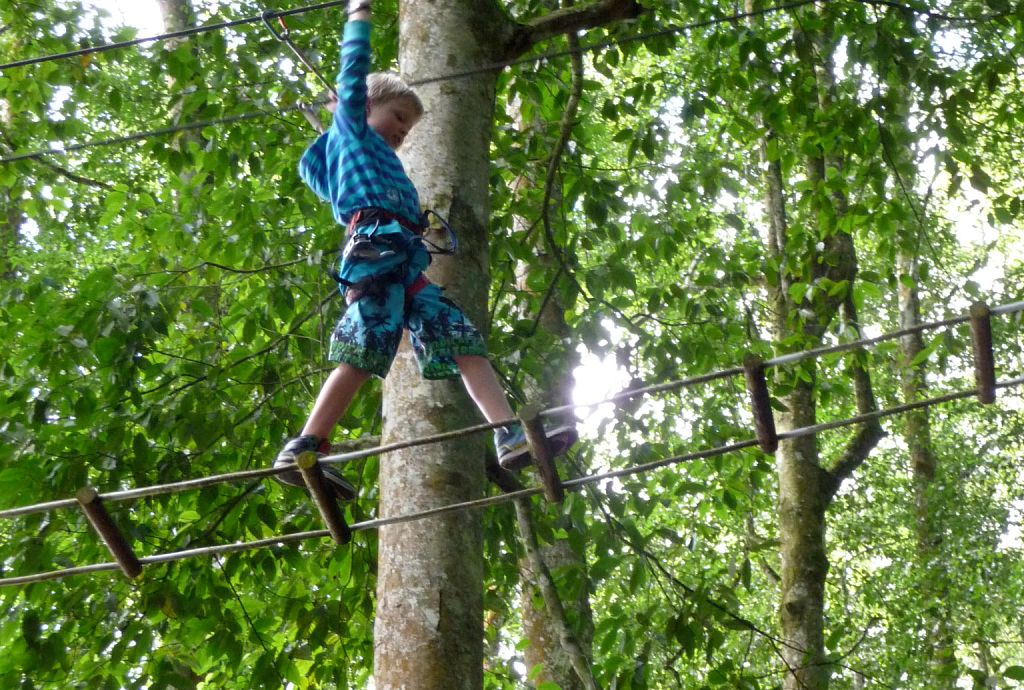Creating the conditions for your biggest self to thrive

In my last blog, I talked about getting to know your smaller self, but we all know that’s not the final goal. The real goal is supporting the biggest you to be in the world, and knowing the conditions that might make that possible.
I have a client who is on the quest to figure out the best context for his biggest self, and he has identified a few key characteristics. Some of these conditions are idiosyncratic. For this client, boredom is a significant problem: he needs challenge and newness as conditions for his biggest self to engage. Other clients have found the opposite: for them, stability is a core feature in supporting their biggest selves.
For all my clients, though, there are some key similarities of characteristics (this list is not definitive and is growing as I engage in these conversations with my clients):
- Release from perfection
- Permission to fail
- Care and nourishment
- Room to breathe
- Work that matters
Today we’ll look at the first two conditions.
The quest for perfection sounds like a call to the biggest self, but really it’s driven by the smaller self. And if your boss has it (or you do), you’re likely to get in your own way to a significant extent. Here’s the news: there’s no such thing as perfect and continuing to grow (or innovate). If you want to do something perfectly, you can’t invite your bigger self, because your bigger self will be bored out of her mind. Doing things well, of course, is totally allowed. But perfection is for machines that have been designed to repeat actions again and again. Your biggest self is human and not a machine, and will need to try things that are likely to not go perfectly at all. Which leads us to the next piece.
“Permission to fail” takes “release from perfection” to a whole new level. There is no hope for real transformation unless you’re trying things and failing. I used to tell the graduate students I taught that if they were succeeding all the time, they weren’t pushing themselves enough because if you’re always successful, you’re just not learning. Now I tell that to the leaders in my leadership development programs, but it’s true for all of us. Unless we push our boundaries, we can’t grow. The only way to know you’re pushing your boundaries is to make it possible that you might fall short sometimes.
I’m not suggesting that failure is a good thing, or that you should be wildly risk-taking. Here I’m suggesting trying what Dave Snowden (www.cognitive-edge.com) calls “Safe to fail” experiments. In times of complexity, doing things the way you’ve always done them doesn’t only invite your smaller self into the room; it also invites the slow death of companies that can’t move with the changing times. And leaders who are afraid of all sorts of failure don’t have nuance around what might be “safe to fail” and thus should be attempted. In “safety-first” organisations (where there is real danger to human life or wellbeing), you’d design these safe to fail experiments in ways that were sure not to injure folks. In auditing organisations, you’d design these experiments in ways that would not undermine clients’ trust. You know what’s most cherished in your organisation and most needs protecting. Don’t put that at risk. But you cannot push the boundaries unless you’re really paying attention to them and working to question them. If you can’t see what controls you, you can’t make choices about it.
Creating learning spaces for our biggest selves requires loosening up on some standards. Or maybe it requires tightening up on another standard: the standard that each of us should learn something at work every day. If that were your core operating assumption, the quest for perfection and the terror of failure would not be a part of your daily life. Rather, you’d accept imperfection and safe failures as the necessary side effects for the overarching goal: creating a work place where all your people could be their biggest selves.
(Picture today is of my son on a ropes course–a lovely safe-to-fail experience to help us all learn a little more about what frightens us…)
Subscribe via Email